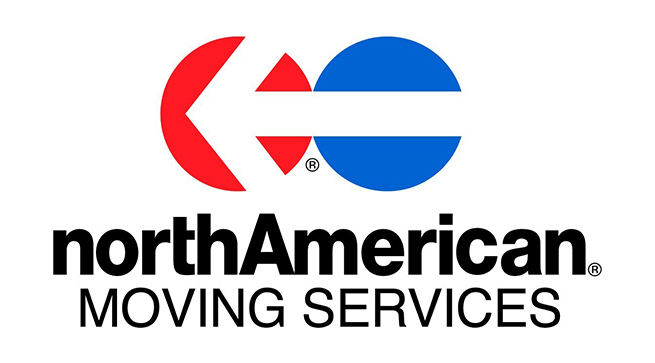Most people probably don’t think of packing for a move as an art form, but why not? It might help make the chore more palatable. Though arranging belongings in boxes just so might be an artistic endeavor, for now we’re going to concentrate on using color-coded labels. They make both unpacking the moving truck and unpacking each box much easier. The other part of labeling is listing contents. There are various schools of thought, depending upon how much time you have (or want) to spend on it. Any descriptions, though, make unpacking more efficient.
It takes a little more time at the front end to organize the labeling, but it’s worth it. You save a lot of time once you arrive at your new home. So the experts at Cord Moving and Storage located in Saint Louis MO, Memphis TN, Belleville, IL and Dixon MO have put a short guide to help you out if you are doing some or all of the packing yourself. Colorful Labels Find colorful stickers…lots and lots of colorful stickers. Make ‘em large, so they’re recognizable at a glance.
- Assign each room in your new home a color. Make a key so you don’t forget: a house map showing each room with its color.
- As you pack, each box or container gets a colored sticker on top and on three sides, at least. Make sure the label matches the new room.
- If that box of books was in the living room but will be in the family room, use the family room colored sticker. If the box ends up in the living room it won’t be a disaster, but why make extra work when there’s so much to do already?
- On moving day, put the appropriate sticker next to the door for each room. Don’t forget rooms that have multiple entryways. Post the color key map at the front door to help movers head in the right direction.
- If some boxes wind up in the wrong room (it happens, even with the loveliest color-coded map), you’ll be able to relocate them easily.
To Inventory, or Not to Inventory: Time to switch to another labeling topic: listing the contents inside each container. How much prep work are you willing to do?
- To protect yourself against loss, and to be the ultimate organizer, create a master list. Label each container with a number using a waterproof permanent marker. (What if it rains on moving day?) If the truck is unpacked and you’re missing a box, you can tell the movers exactly what’s in it.
- On your master list, write the box number, room assignment and general contents, such as “#1: Kitchen: Pots & Pans” or “#27: Family Room: Board Games.” Computers make this easy. Spreadsheet, anyone?
- The truly super-organized might print this inventory out on label paper and attach it appropriately to each box.
Mark It: If you don’t use inventory stickers or even a master inventory, at least identify each box on the box. Use a permanent marker to note its general contents, such as “Canned Goods” or “Sheets & Towels.” Special Notes: When you pack fragile items, go ahead and label the box “Fragile.” However, that’s just a reminder. You still shouldn’t pack your delicate items haphazardly. Movers aren’t responsible for breakage if your packing is faulty. A reminder is helpful for everyone who touches the box, though. Label one box “Open First.” This holds essentials, such as toilet paper, paper towels, cleaning supplies, first aid kit, hammer, screwdriver, and dishes and utensils you’ll need immediately. You might want to move this box in your car so you’ll know where it is at all times. Each person should also have a box or suitcase clearly labeled with a name and “First Night.” This includes sleepwear, a change of clothes, medicines, and anything else that’s really needed, such as a nightlight, special blanket, toys or a book. Now you’re ready to go forth and create moving art!

